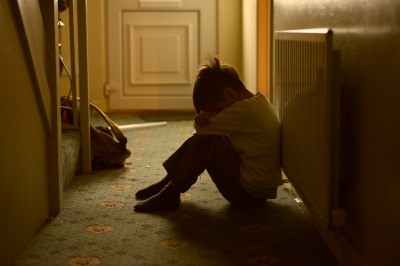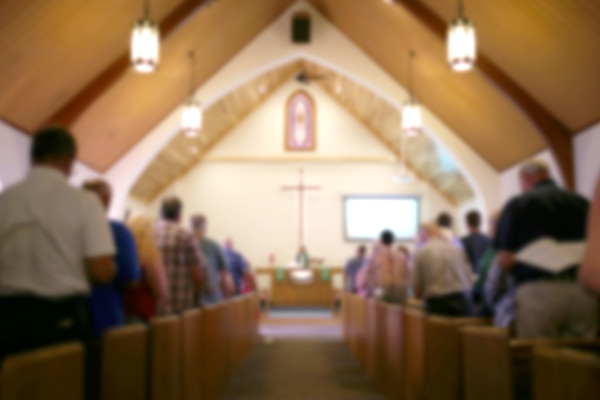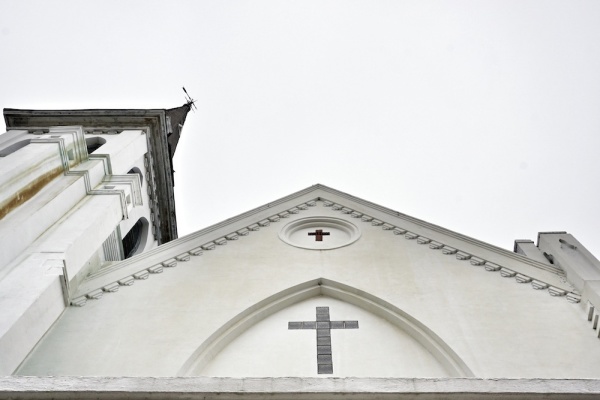The key to preventing childhood trauma?

I once worked with a family with two sons who lost their father. They both grieved this tragic and sudden loss, but their grief looked quite different. While the older son continued to do well in school and other areas, the younger son faced significant emotional and behavioral challenges.
They were growing up in the same household, and experienced the same loss, so what was the main difference between the two? The older son participated in extracurricular activities, but due to some health issues, the younger son could not.
In anyone’s life, but particularly the lives of vulnerable children, predictable safety and a sense of mastery create a level of resilience, something that can make all the difference when facing difficult times in our lives.
Many use the word “trauma” broadly. Sometimes they mean “traumatic event” — a bad thing that happened — and other times they mean “trauma response” — an overwhelming emotional response. But a potentially traumatic event may not always lead to a devastating emotional trauma response — instead, the trauma response is often born out of a loss of predictability and a feeling of helplessness.
In the child welfare space and beyond, that’s why resilience is so important: It helps us dramatically reduce the likelihood of adverse experiences becoming traumatic ones, and it creates the behavioral and mental flexibility we need to adapt to changes.
But this sort of resilience doesn’t arise in a vacuum. It is intensely social and interdependent, both as a process and as an outcome. It takes overlapping networks of trustworthy, intentional adults who create environments in which children can feel secure while exercising a level of independence. Children need to feel safe to try and safe to fail. And amid their experimenting, they need to know the people and routines around them will remain.
Even two children who experience a similar event, as with the brothers I worked with many years ago, can be affected differently if their support systems are different. If one child receives praise for their good grades, but their sibling does not, the first child may develop a higher resiliency through that provided confidence. So even though they may both experience an adverse childhood experience (ACE), the first child may have the needed emotional resources to handle it, whereas the second child may not.
And if we want to help children build resilience, one of the simplest and most frequently overlooked ways we can accomplish this is by building resilience in ourselves. Adults who are unable to absorb adversity, frustration and hardship will struggle to receive the vulnerability and trust of a child in need of help. So it is just as important for resource families and child welfare professionals to build a support network for themselves. Communities where these children live, which is every community, should take care of themselves. Communities that support resilient adults can then support resilient children.
In my line of work, we also recognize that it’s important to build emotional resilience in whole family units, particularly families that will be caring for vulnerable or traumatized children, like foster families. A dense family network of loving, intentional healthy relationships will be able to absorb and redirect the negative behaviors, doubts, sorrows and anger of a traumatized child. This is how we create protective and compensatory experiences (PACEs), or experiences that provide stability, predictability and hope.
In turn, these families need support. The strongest families are strong because they are themselves plugged into a rich, intentional community. When children have loving, stable friendships and parents are free from the urgent dread and anxiety of social, economic and cultural isolation, their needs are met, so they’re free to grow.
The good news is that resilience is a renewable resource. It is something that everyone needs to cope with difficult times. It is also something we can help build for children, for ourselves, within our homes, and in our communities. We can strive together every day to build a world that is safe and good enough to trust. We can work together to become partners in resilience and become communities that don’t look through the lens of our past, but instead strive for a better future.
George Tyndall is the senior vice president of performance and quality improvement at Bethany Christian Services.





















